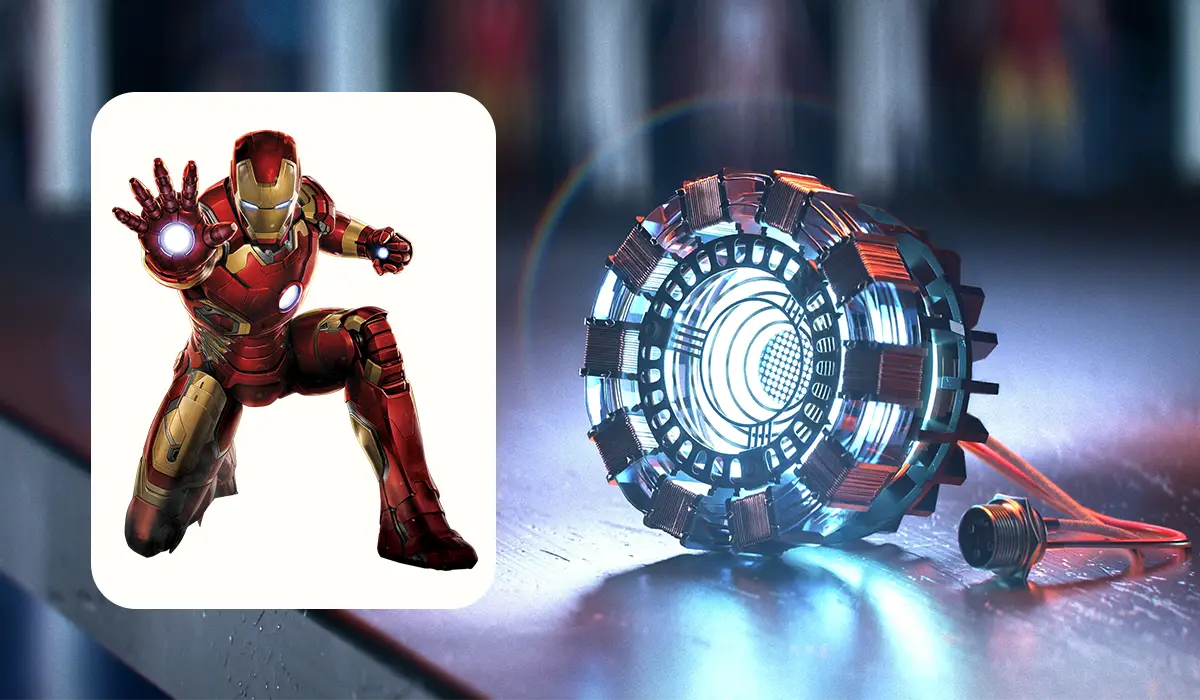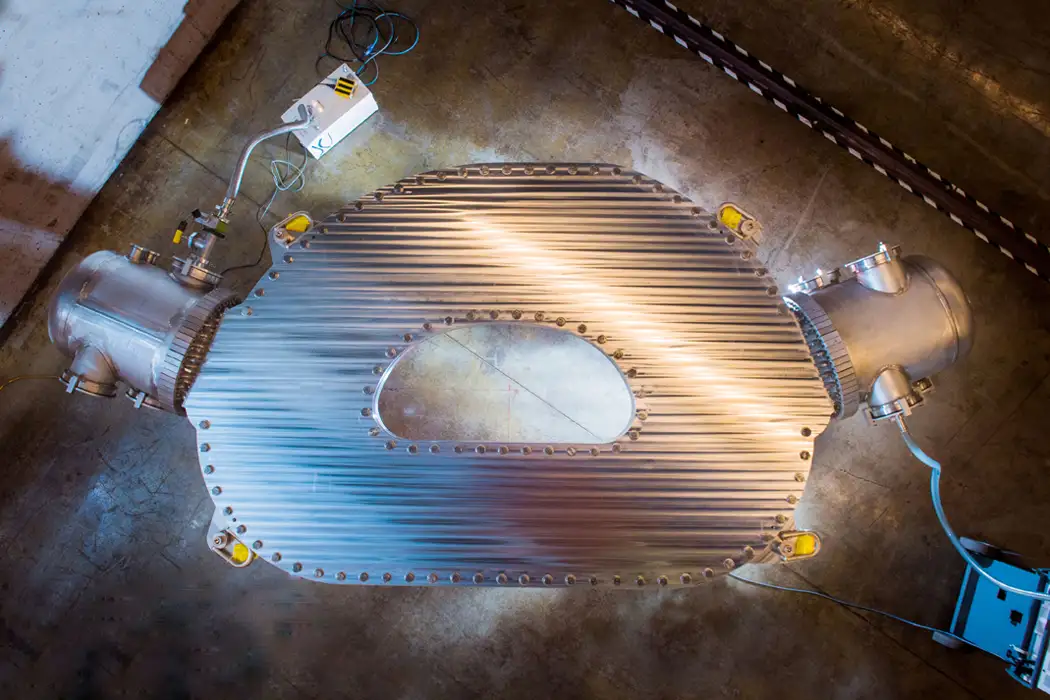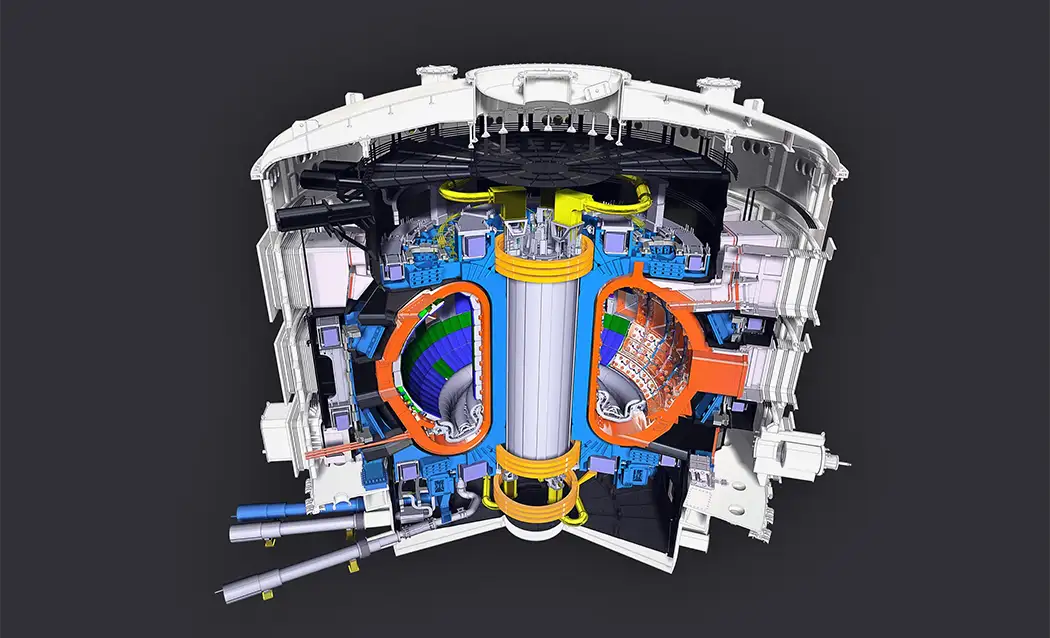
Fan-made Iron Man suit without Arc Reactor
One of the most frequently asked questions among Marvel Cinematic Universe fans is whether the Iron Man suit could exist in real life. While special effects designer Adam Savage and Russian engineer Alex Lab have demonstrated that a functional Iron Man suit is technically possible, the suit’s core energy source, the Arc Reactor, remains a mystery.
It’s not that these fan-made suits lack an Arc Reactor; rather, the reactors featured are simply props, with the suits running on rechargeable batteries instead of miniature fusion reactors.
MIT ARC Reactor vs. Iron Man’s Fictional Version
Interestingly, for years, researchers at the Massachusetts Institute of Technology have been working to develop a compact fusion reactor called ARC (Affordable, Robust, Compact). According to MIT, this reactor could bring us closer to the concept of a real-life Arc Reactor by producing practical, sustained fusion power by the 2030s. However, don’t be fooled, it’s not the little glowing core like the one in Iron Man’s chest. Instead, the MIT ARC diffusion reactor requires powerful magnetic fields, extreme temperatures, and is roughly room-sized, similar to the large reactor Tony Stark built in the first Iron Man (2008) film before miniaturising it in Iron Man 2 (2010). Moreover, the MIT ARC reactor still produces waste, mostly heat and neutron radiation, which makes replicating the miniature Iron Man Arc Reactor in reality somehow difficult.

Iron Man Arc Reactor
In the Marvel universe, the Arc Reactor is portrayed as a glowing palm-sized device, with no visible waste, that provides clean energy to power the Iron Man suit and keep Tony Stark alive. In reality, this defies the laws of physics and engineering. One major issue is that all real-world energy systems generate waste or byproducts, which is dictated by the laws of thermodynamics.
Explanation: Is the Iron Man Arc Reactor Possible in Real Life?
According to the second law of thermodynamics, no energy conversion process is completely efficient. Some energy is always lost in the form of heat or emissions. Engineers use exergy analysis to measure how much useful energy is produced versus wasted.
The Arc Reactor in the MCU films breaks this rule by generating enormous energy with no heat, noise, radiation (though some of this is emitted according to Iron Man 2), emissions, or other byproducts. This kind of flawless energy generation is scientifically impossible.
Arc Reactor Would Overheat or Harm You
Industrial systems, like the Arc Reactor’s fictional fusion process using palladium (later Badassium), always produce waste. In real life, coal power plants burn coal to create steam that spins turbines, but release carbon dioxide, sulphur dioxide, and ash. Nuclear plants split uranium atoms to generate heat but produce radioactive spent fuel, requiring long-term storage. The Arc Reactor, in comparison, produces massive energy with no byproducts.
Even solar panels, while cleaner in operation, are not perfectly efficient and generate heat as a byproduct during sunlight-electricity conversion. This reflects the fundamental reality that all energy transformations result in some form of loss in addition to useful output.
Some viewers might point to the visible plumes from Iron Man’s suit during flight and suggest the reactor emits waste. However, those effects represent the suit’s propulsion system, not the Arc Reactor itself.
Related Stories: Indian CEOs are Shaping the Future of Global Business
Related Stories: Road House (2024) Movie Review – Jake Gyllenhaal Knocks Down the Aggressive Conor McGregor
The human body follows the same rule. When you eat and breathe, your cells convert food and oxygen into energy through aerobic respiration, producing carbon dioxide and water as unavoidable waste expelled through breathing and sweat.
Moving automobiles further illustrate this principle. Petrol engines burn fuel but emit exhaust gases like CO2 and significant heat that require cooling. While electric vehicles produce no exhaust, they generate heat from motors, batteries, and electrical resistance, which demands cooling. On the other hand, the Arc reactor that Tony Stark built, despite producing massive energy in a compact size, has no visible mechanism for cooling or emissions management. And, if it did, given the energy required to power Iron Man’s flight systems, weapons, and life support, the Arc Reactor would need a large cooling system to curb the emission of harmful radiation, heat, and even noise. Adam Savage describes his fan-made Iron Man suit: “It’s hot, it’s incredibly noisy”
Similar Tech: ITER Fusion Reactor
Some compare the fictional Arc Reactor to fusion reactors like those being developed under the ITER project. Fusion reactors combine hydrogen isotopes to release energy, yet they still produce heat and neutron radiation that must be managed with cooling systems and protective shielding. In contrast, Iron Man’s Arc reactor fits in its chest and somehow does all the tasks.

In short, the Iron Man Arc Reactor appears to achieve 100% efficiency, converting all its input into useful energy with zero waste. This violates thermodynamic laws, much like how Captain America’s shield defies physics in elastic collisions and energy conservation.
Despite this, the Arc Reactor inspires real-world research. While fusion and other advanced technologies may one day provide more sustainable energy options, the flawless miniature power source seen in Iron Man will likely remain science fiction.
Related Stories: Biomimicry: Nature’s Blueprint for Innovation and Problem-Solving
Related Stories: Blink Twice (2024) Movie Review – Zoë Kravitz’s Directorial Debut
Please consider joining our WhatsApp Channel for more.
2 thoughts on “Building the Iron Man Arc Reactor in Real Life – Why It’s Impossible”
I will build the real life reactor 😌.
All the best, Tony Stark😂🙌